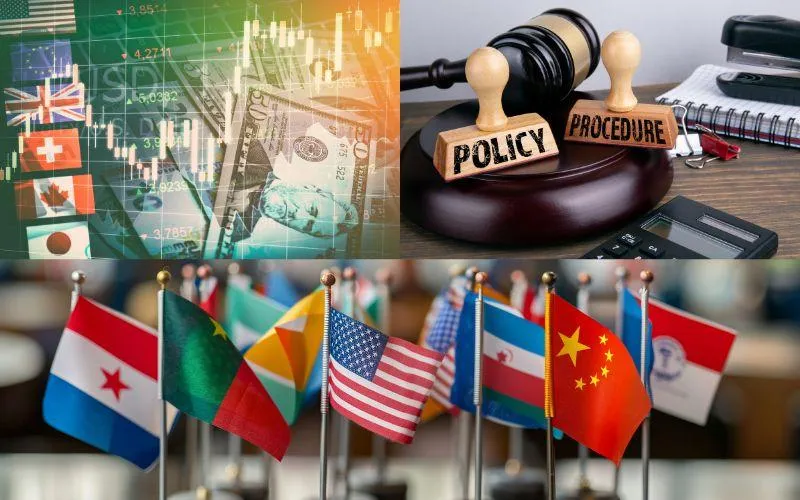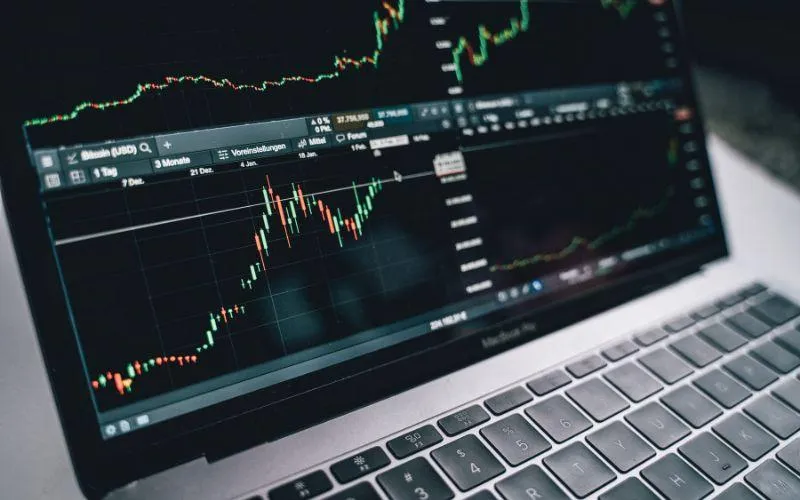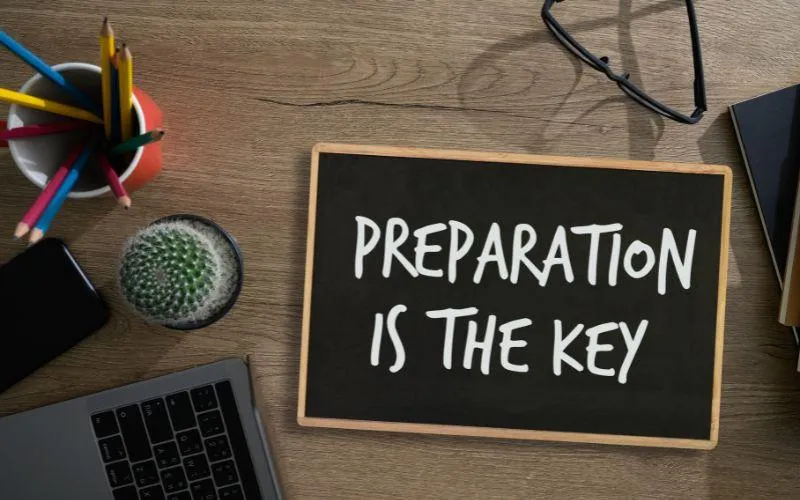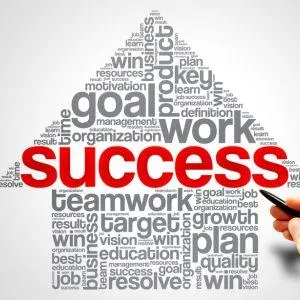
Stagflation in 2025:
Why Business Leaders Are Watching Closely
The term stagflation once evoked memories of economic stagnation from the 1970s — a dreaded mix of low economic growth coupled with high inflation. Fast forward to 2025, and experts are raising the alarm that history may be repeating itself.
According to a recent JPMorgan survey, a striking 60% of investors now expect stagflation to take hold this year. While the term may sound academic, its real-world effects are anything but distant. Stagflation reshapes markets, stalls hiring, and strains household budgets — and if predictions hold true, businesses and consumers alike will need to adjust quickly.

What’s Fueling Stagflation Fears?
Several converging factors have contributed to today’s climate of uncertainty:
Trade Disruptions: The resurgence of sweeping tariffs in early 2025 has pushed up the cost of goods, strained supply chains, and added pressure to domestic prices.
Policy Challenges: With political leaders pushing for interest rate cuts while inflation remains elevated, there’s increasing concern about whether the Federal Reserve can maintain economic balance.
Global Tensions: Ongoing instability in global markets and a weaker U.S. dollar have further complicated the picture, encouraging cautious behavior among investors and consumers.
Together, these dynamics create the perfect storm for stagflation — where growth falters but prices continue to climb.

Economic Impacts You Need to Know
If stagflation does materialize, it will have profound consequences for both individuals and businesses:
1. Investment Slowdown
High inflation erodes purchasing power and narrows corporate profit margins. In this environment, investors become far more conservative, pulling back from riskier assets and startups. Large-scale projects and business expansions are likely to be delayed, and funding becomes much harder to secure.
2. Hiring Freezes and Layoffs
When growth slows and operational costs rise, companies often respond by tightening their labor budgets. We can expect to see:
A freeze on new hiring initiatives.
An increase in layoffs across vulnerable sectors.
Pressure on wages as businesses try to control expenses.
For employees and job seekers, this could mean fewer opportunities and increased competition for open roles.
3. Cost-of-Living Pressures
Consumers already grappling with elevated housing, food, and transportation costs could face even tougher conditions. As wages stagnate but prices continue to climb, household budgets will stretch thinner, prompting a pullback on discretionary spending. This, in turn, can deepen the economic slowdown — a vicious cycle that’s hard to break.

Which Industries Will Feel the Pressure — and Which Might Hold Steady?
Not all industries are equally vulnerable in a stagflation environment. Here's how it breaks down:
Energy & Utilities: Potential Safe Havens
Historically, energy and utility companies tend to weather stagflation better than most sectors. Demand for electricity, gas, and basic services remains relatively stable, even when growth slows. Additionally, energy prices often rise during inflationary periods, which can protect or even boost revenues for these companies.
Tech & Startups: Bracing for Impact
By contrast, technology firms and startups could face serious headwinds. These industries rely heavily on investor funding, aggressive growth targets, and discretionary consumer spending — all of which tend to decline during periods of economic uncertainty. Tech companies may see:
Reduced venture capital investment.
Slower adoption of new technologies.
Increased focus on profitability over expansion.
Startups that were scaling aggressively in 2024 might need to shift their strategies toward sustainability and cost management.

How Businesses and Individuals Can Prepare
Preparation is key in navigating a stagflationary environment. Practical strategies include:
For businesses:
Focus on core services, strengthen cash reserves, and control operational costs without compromising long-term value.
For individuals:
Prioritize saving, reduce exposure to high-interest debt, and consider investing in inflation-protected assets.
Awareness and flexibility will be crucial assets in the months ahead.
Stagflation isn’t inevitable — but with more than half of investors expecting it, business owners, employees, and consumers alike should take the warnings seriously. Whether it fully materializes or not, being proactive now could make the difference between surviving and thriving in a volatile economic climate.
We'd Love to Hear From You!
What steps are you taking to prepare for potential stagflation? Drop your thoughts, strategies, or questions in the c
Leave a Comment
Comments:




©2025 Laughlin Business Credit Advisor, all rights reserved. No reproduction or use of any portion of the content or work, or the entire work, is permitted without the express written permission and authorization of the publisher. However, the publisher of these materials routinely grants authorization for reproduction or use of this work, in whole or in part. If you would like to use any portion of this material in a book, article, e-zine, newsletter, radio or television broadcast, podcast, or in any other seminar, teleconference, or other events or publications, please email or call Laughlin Business Credit Advisor.
Stay inspired, informed, and ahead – fill out the form to join us now!
I agree to terms & conditions provided by the company. By providing my phone number and email address, I agree to receive promotional and marketing campaigns from the business.
Dive into our library and unlock a treasure trove of business insights that can transform your journey to success.
Laughlin Business Credit Advisors
680 W. Nye Ln, Ste #201Carson City, NV 89703
All Rights Reserved,
© 2024 Great Basin Holdings, Inc.









